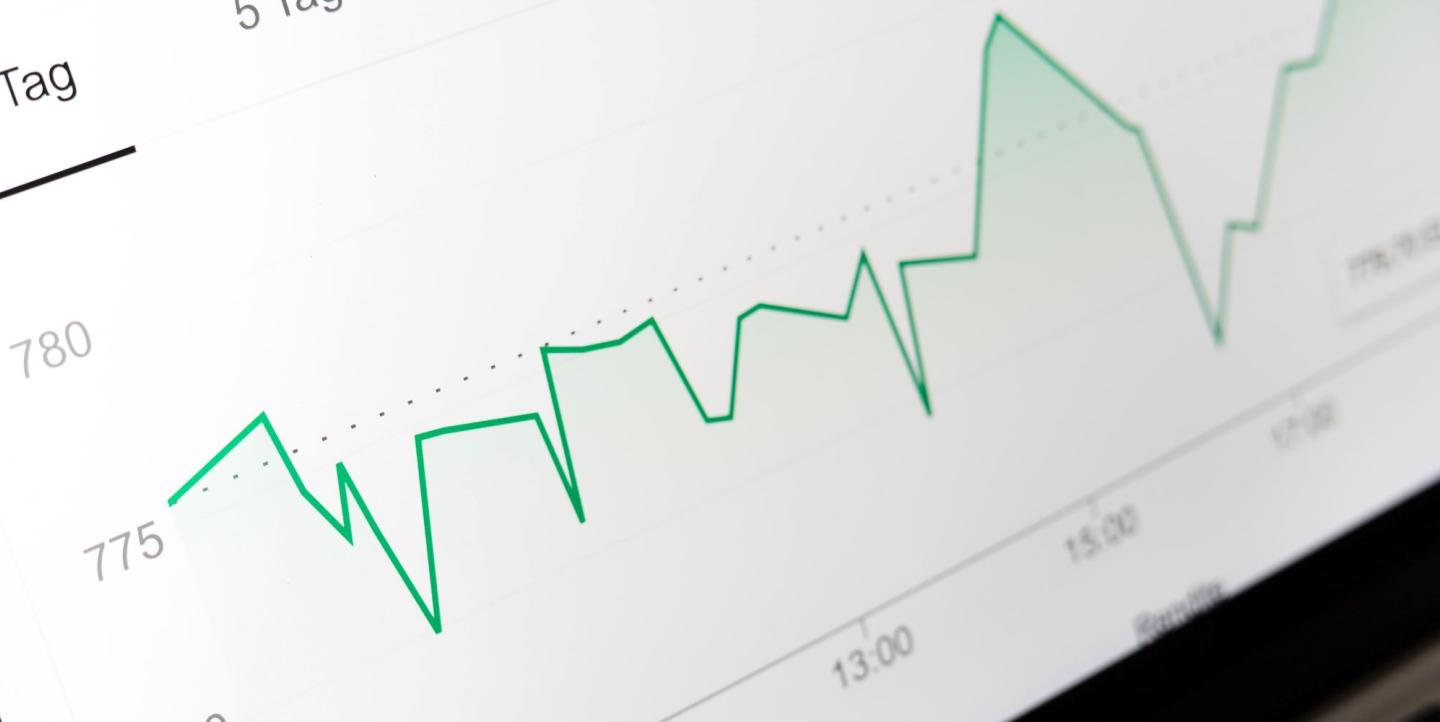Utilized by 97% of news sites, Google Analytics is the most popular tool to track analytics. Used alone, however, it doesn’t show how readers engage with a website. Newsrooms can improve their understanding of readers' experiences when they combine Google Analytics with other tools that track user behavior.
User behavior analytics offer valuable insight into the patterns readers exhibit when visiting your website. These tools provide actionable data through heatmaps, session recordings of individual users, funnel analyses and more. They help answer questions such as:
- What are readers interested in or skipping over on your website?
- Are you wasting precious space on your homepage with unpopular features?
- Where on your website do readers get stuck and struggle?
- Which pages are more likely to yield newsletter sign-ups?
- How worthwhile are your story elements?
Even a free trial can benefit your website strategy. You don’t have to be an expert to install this type of tool and interpret its findings. There’s no excuse not to try it.
The first step is to test a program. But, there are so many out there that you might not know where to begin. After signing up for several free trials and watching many demos, I narrowed down my list to these four tools.
Hotjar
Hotjar provides an aggregated view of user behavior over time. Its standout features include heatmaps and individual recordings of visitors interacting with your website.
Heatmaps use a color scale from red to blue to visualize the most popular (hot) and unpopular (cold) elements of a webpage. Hotjar’s heatmaps show where readers click, how far they scroll down, and what they look at or ignore. They are especially useful for spotting issues and determining if a new feature is getting the attention you planned.
The individual recordings show real-time actions as users browse a website. Each recording displays mouse movement, clicks and scrolling. It is easy to waste time reviewing these sessions, however: I suggest filtering down to categories such as rage-clicking and u-turning to find troubling spots on your site, or creating cohorts to analyze how different user segments behave.
Cost: The basic plan is free and gives access to unlimited heatmaps and up to 1,050 user session recordings/month. The business plan includes 500 daily session recordings at US$80/month and is available to nonprofits for free.
Microsoft Clarity
Similar to Hotjar, Microsoft Clarity is a user behavior analytics tool that offers instant heatmaps and session recordings. It also integrates with Google Analytics for more insight using the imported data.
For example, if you notice on Google Analytics that the average session duration on a page is low, you can review the session recordings to investigate why that is happening. You will have access to rage clicks, excessive scrolling and dead clicks, which reveal user frustration.
Clarity is great as a free tool, but the data report is not as advanced as Hotjar’s. The heatmaps don’t track movement, and session recordings have limited functionality. For example, you have fewer custom filters and can’t skip user inactivity. Future updates might improve these shortcomings.
Cost: Free, with unlimited recordings, heatmaps and 12 months of storage.
Smartlook
Smartlook is a popular tool that provides advanced features for behavioral analytics, in addition to the usual session recordings and heatmaps.
Although Smartlook’s features are especially useful for e-commerce platforms, newsrooms can gain valuable insight from events and conversion funnels. With Smartlook, it is easy to combine quantitative and qualitative analysis. Let’s say you want to understand what’s driving your newsletter subscriptions or any other event you set with Google Analytics (donation button, report download, etc): you can investigate the readers' journeys on your website and see the spots where they struggle.
All your findings are accessible in a clear, tailor-made dashboard. Teams with different key performance indicators can create their own customizable dashboards and easily share their reports.
Cost: The basic plan is free and gives access to up to 1,500 sessions/month and three heatmaps. The business plan starts at US$111/month for 15,000 sessions/month.
Oribi
Oribi was the first behavior analytics tool I ever tried. It works by tracking all actions on a website and grouping them into behaviors. There’s no guesswork with Oribi: it’s like having a dedicated data consultant who provides advice based on your analytics.
During a short trial, Oribi produced fascinating findings. It suggested highlighting the most attractive stories to keep readers longer on your website, correlations between pages and newsletter sign-ups, and the type of internal links that worked best.
Even with a discount, however, the cost is high at US$504/month for the annual plan. The cheapest option was to sign up for three months and make the most of it.
Earlier this year, Oribi was acquired by LinkedIn and stopped accepting new customers. According to its website, Oribi will no longer be offered as a standalone product, but it will be available to LinkedIn advertisers and users. I am still keeping an eye on it.
With so many options and different functionalities, there are behavior analytics tools for every budget and need. Other well-rated options include Amplitude, Mouseflow and Crazy Egg.
Does your newsroom use behavior analytics tools? Did I miss your favorite? Feel free to reach out and share your experience.
Photo by Markus Winkler on Unsplash.


